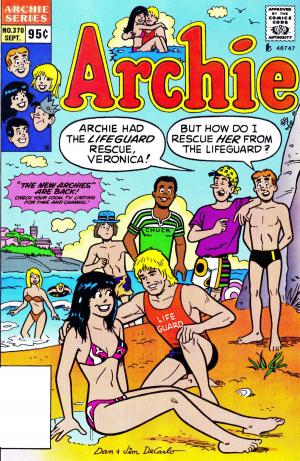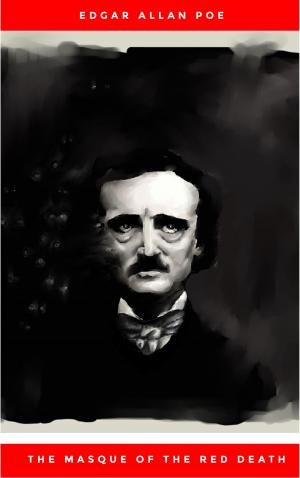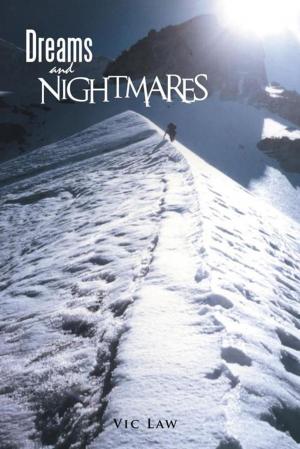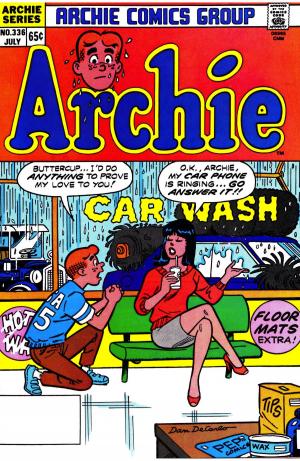| Author: | David Billings | ISBN: | 9781775122647 |
| Publisher: | David Billings | Publication: | March 23, 2018 |
| Imprint: | Smashwords Edition | Language: | English |
| Author: | David Billings |
| ISBN: | 9781775122647 |
| Publisher: | David Billings |
| Publication: | March 23, 2018 |
| Imprint: | Smashwords Edition |
| Language: | English |
Shakespeare’s play “The Tragedy of Othello” is one of the finest tragedies in English literature but it, and it’s villain Iago are still hard for us to understand. The novel “The Tragedy of Iago” seeks to make “The Tragey of Othello” more accessible to modern audiences by providing the context that Shakespeare would have assumed for the audiences of his time. It also tries to explain one of the most mysterious chearacters in the history of English literature, Othello’s second lieutenant, Iago.
The title “The Tragedy of Iago” may seem oxymoronic, even offensive. A tragic figure in drama is a good person who experiences failure due to a single minor flaw. Iago is often thought of as one of the greatest “villains” in English literature, a man of no appreciable virtue who does nothing but evil. In this light “The Tragedy of Iago” is oxymoronic.
An oxymoron is a juxtaposition of opposites such as a “feather of lead” or “black ink that still shines bright”. Shakespeare is famous for his study of the oxymoron and it is one of his greatest contributions to western culture.
“The Tragedy of Othello” both begins and ends with the character of Iago. He is a complex character in a fast moving and complex situation that a person could devote years to the study of. We are all of us a little of Iago, just as we all resemble all the characters in “The Tragedy of Othello” to some extent.
Shakespeare wrote about humanity before he was influenced by the technology of our age. Yet even he, in his writing, often seem to explore the wisdom of earlier ages, before the confusion of his society had taken root.
While much of the historical data has been lost to twenty first century North America, the Battle of Famagusta was an actual battle in 1571 A.D. between the Turks and the Venetians. It is possible that the 1604 A.D. production of Othello took a lot of emotional inspiration from the Spanish attempt to invade England in 1588 A.D. . But Shakespeare took literary liberties with the historical facts and while I have tried to remain loyal to history, when Shakespeare and history have contradicted, I have sided with Shakespeare. I am more interested in his notions of humanity than in the history of sixteenth century Cyprus.
This novel incorporates the actual text from Shakespeare’s play “The Tragedy of Othello” and adds poetry and narrative descriptions, including inner thoughts of the characters to create a new form of fictional novel: the narratively described classic. Different types of written material appear in different fonts.
Shakespeare had a lot to say to us that we do not listen to very well. But we would be wise to try.
Shakespeare’s play “The Tragedy of Othello” is one of the finest tragedies in English literature but it, and it’s villain Iago are still hard for us to understand. The novel “The Tragedy of Iago” seeks to make “The Tragey of Othello” more accessible to modern audiences by providing the context that Shakespeare would have assumed for the audiences of his time. It also tries to explain one of the most mysterious chearacters in the history of English literature, Othello’s second lieutenant, Iago.
The title “The Tragedy of Iago” may seem oxymoronic, even offensive. A tragic figure in drama is a good person who experiences failure due to a single minor flaw. Iago is often thought of as one of the greatest “villains” in English literature, a man of no appreciable virtue who does nothing but evil. In this light “The Tragedy of Iago” is oxymoronic.
An oxymoron is a juxtaposition of opposites such as a “feather of lead” or “black ink that still shines bright”. Shakespeare is famous for his study of the oxymoron and it is one of his greatest contributions to western culture.
“The Tragedy of Othello” both begins and ends with the character of Iago. He is a complex character in a fast moving and complex situation that a person could devote years to the study of. We are all of us a little of Iago, just as we all resemble all the characters in “The Tragedy of Othello” to some extent.
Shakespeare wrote about humanity before he was influenced by the technology of our age. Yet even he, in his writing, often seem to explore the wisdom of earlier ages, before the confusion of his society had taken root.
While much of the historical data has been lost to twenty first century North America, the Battle of Famagusta was an actual battle in 1571 A.D. between the Turks and the Venetians. It is possible that the 1604 A.D. production of Othello took a lot of emotional inspiration from the Spanish attempt to invade England in 1588 A.D. . But Shakespeare took literary liberties with the historical facts and while I have tried to remain loyal to history, when Shakespeare and history have contradicted, I have sided with Shakespeare. I am more interested in his notions of humanity than in the history of sixteenth century Cyprus.
This novel incorporates the actual text from Shakespeare’s play “The Tragedy of Othello” and adds poetry and narrative descriptions, including inner thoughts of the characters to create a new form of fictional novel: the narratively described classic. Different types of written material appear in different fonts.
Shakespeare had a lot to say to us that we do not listen to very well. But we would be wise to try.















